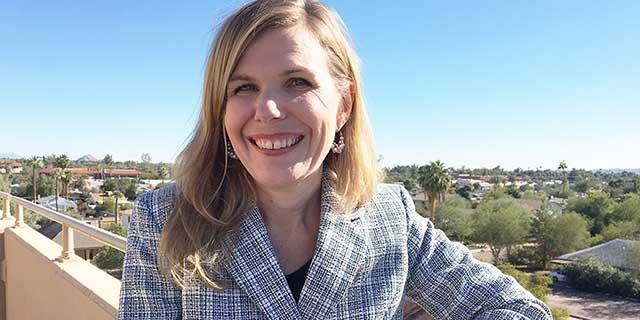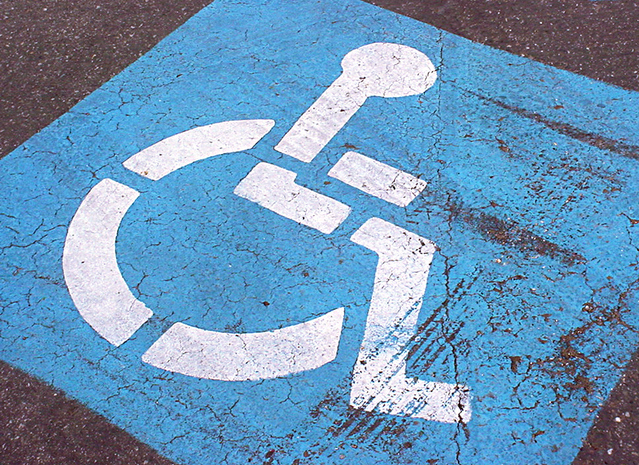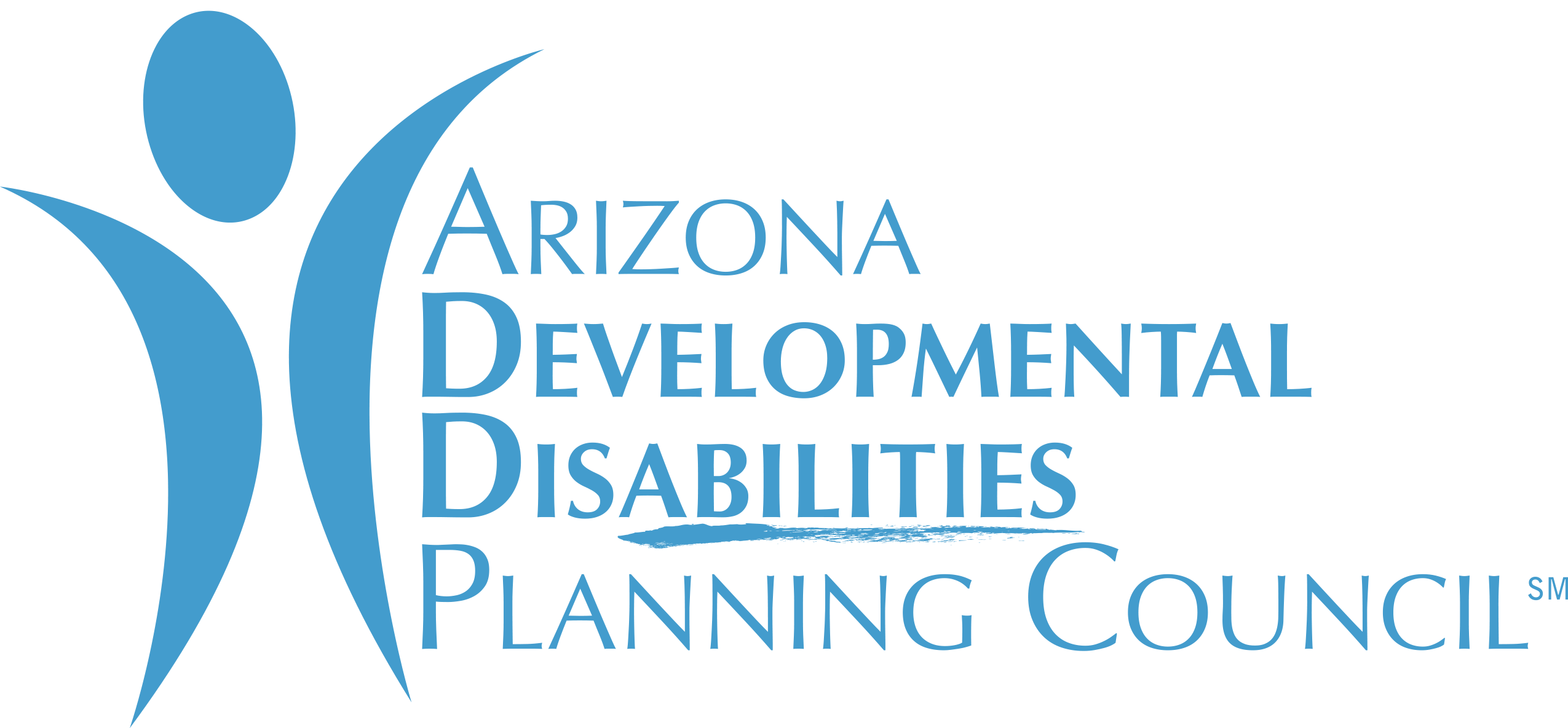Do drive-by lawsuits run over businesses and people with disabilities?

by Erica McFadden and Bill Hart
Twenty-six years after passage of the ADA, too many people with disabilities still feel as though some Arizona businesses are unwelcome to them. Physical obstacles, barriers and a lack of building access force many people with disabilities to strategize over what others take for granted, such as where to go to eat, where to shop and even where they can use a restroom.
Businesses, of course, don’t intentionally mean to send that message. But some don’t understand what it truly means to be accessible both legally and logically, or where to turn for help.
One common and controversial remedy for disability advocates: Go to court. 
There have been more than 1,700 Americans with Disabilities Act (ADA) lawsuits filed against businesses in Phoenix in the past year by one organization. These cases only make up a small percentage of civil cases filed in Arizona, but they have generated controversy and mixed feelings within both the disability and business communities.
As in other states, these so-called “drive by lawsuits” are filed by only one firm. In many cases, there was no plaintiff; the attorney never entered the building. And many of the filings concern parking lot violations. They do not attempt a deeper dive to rectify the substantive barriers that exist away from the parking lot.
Critics say these lawsuits concern minor technical violations that don’t affect anyone and are filed simply to make money for the attorney. An accessible parking sign may be posted too low, for example, or aisles or spaces may not be wide enough according to strict measurements of the law. But it’s important to understand that while signage may not pose much of a problem for most, lack of (or too narrow of) an access aisle for those who drive vans prohibits shoppers with disabilities from having the space needed to get out of their vans to visit businesses with busy parking lots. So even if the motives of some of these lawsuits might not be altogether pure, positive outcomes would be greater accessibility - at least in Arizona’s parking lots.
But they come at a cost. On Dec. 4, the “60 Minutes” TV news show aired a special report on the toll drive-by lawsuits are taking on small businesses nationally. Some can’t afford the attorney fees and the costs for modifications. Critics described these lawsuits as “frivolous,” and faulted some of the regulations as too specific. But disability advocates say the report failed to show how the ADA specifications benefit millions of people with disabilities. In many cases, the stakes may seem small. But a 5 percent steeper grade of a ramp, a step at an entrance, or a doorway that is a half-inch too narrow can prevent a wheelchair user from entering a building.
We, as a state, have yet to devise a way to address these problems in a way that serves both the disability and business communities. On Dec. 8, Arizona’s Attorney General, calling the lawsuits “shakedowns,” filed a motion to dismiss all of them. Legislation introduced both in Arizona and nationally would give time for businesses to come up with a plan and correct the barriers before a civil suit is brought. This waiting period can be anywhere between 60 and 180 days.
People with disabilities feel that these actions place too much of a burden on individuals who may be unable to craft a letter to the business, find a lawyer to take the case, and assist him or her in pursuing a resolution – especially without a guarantee of payment. They also point out that other groups don’t have to wait to sue for their civil rights so why should they?
Many businesses still do not understand what they need to do to become ADA compliant. And many individuals with disabilities still don’t know what the ADA is, or even that they have rights. A 2015 Morrison Institute poll of Arizona adults with disabilities found that over 40 percent didn’t know how to speak up for themselves or are afraid to. It is incumbent on businesses to learn the applicable laws, but it is also incumbent on people with disabilities to learn their rights and become comfortable with advocating for themselves.
Fortunately, there are educational and other resources related to ADA compliance available to both the business community and people with disabilities. Businesses, for example, can call their city’s Planning and Zoning department or ADA coordinator for resources. The City of Phoenix has a checklist businesses can use; businesses can also visit the ada.gov website to obtain guidance on 2010 ADA guidelines; or they can hire architects who are trained in ADA accessibility for inspections.
More individuals could be trained in disability compliance, and local permits could begin to require an ADA inspection. Local governments could provide more training opportunities for businesses to become accessible. Businesses trained in the ADA could mentor other businesses. Schools and disability organizations could partner to ensure that youth and adults with disabilities are taught their rights under the ADA and why it’s important to speak up.
Governments, businesses and the disability community can work together in resolving this issue. Ensuring the full social inclusion of people with disabilities is everybody’s business.
Erica McFadden, previously an analyst at Morrison Institute, is now executive director of the Arizona Developmental Disabilities Planning Council (ADDPC). Co-author Bill Hart is a senior policy analyst at Morrison Institute for Public Policy.






